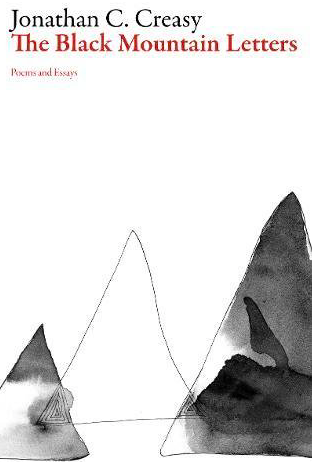Publications Overview
Image: Astrid Kaemmerling shown walking Enos Park while being led by a participant of the Enos Park Walking Laboratory. Location: Enos Park, IL. Photo by Grace Katalinich.
Magazine Article
Kaemmerling, Astrid, Ph.D. “Walking Enos Park: Community and Urban (Re)development through the Arts in the American Midwest” Sixty Inches from Center, (2019): n.pag.
This article is a contribution to a series of articles entitled: You are here, elaborating on artist-residency projects that took place in Springfield, IL, between 2017-2019. About the series: Allison Lacher and Jeff Robinson work collaboratively as artist-curators and organizers in Springfield, Illinois. Lacher and Robinson reached out to seven creative and cultural purveyors whom they have worked with over their tenure in the capital city to reflect on their experience there — that is to say, “here.” The resulting texts together form “You are Here,” in partnership with Sixty Regional and made possible with support from Illinois Humanities. The texts that take a variety of forms and offer wide-ranging glimpses into what it is like to work here in the flyover region of the United States, in the perceived rural Midwest, in Central Illinois, and, at the heart, Springfield, IL.
Visual Art in Publication / Visual Art & Poetry
Lachman, Becca J.R. and Astrid Kaemmerling. “Home-Sick.” Ginger, Issue #14, Fall (2018): 10-13.
This article offers an excerpt from HOME – SICK, a book-length poetry and visual art project fueled by mailing and emailing stanzas, photographs, and mixed-media collages between SE Ohio and the Bay Area since 2015. Through this creative cross-pollination Becca J.R. Lachman and Astrid Kaemmerling navigate alternative creation myths that female artists may need to tell in order to move into the rooms created and made by them, waiting for them to create. This work aims to share the power of female artistic friendships and collaborations to coax a life imagined or hoped-for into clearer view.
Visual Art in Publication / Visual Art & Poetry
Kaemmerling, Astrid. In: Creasy, Jonathan C. The Black Mountain Letters. Ed. Jonathan C. Creasy. Dublin, Ireland: Dalkey Archive Press (2016): vi; 18; 130; 211.
In The Black Mountain Letters, poet and scholar Jonathan C. Creasy breathes new life into one of the most important experiments in arts and education ever established in the United States. Creasy has produced a unique book that brings together poems, prose, visual art, and archive material, illuminating the college’s fascinating history while engaging with the work of its most important faculty and alumni, including Josef and Anni Albers, Charles Olson, John Cage, and Robert Creeley. Astrid Kaemmerling and Jonathan C. Creasy have collaborated via a poetry and visual art exchange for two years. Four out of 10 pieces have found its way into this publication.
Article in Book
Kaemmerling, Astrid. “Mapping gentrification processes through film: San Francisco’s Mission District in the documentary Boom: The Sound of Eviction.” In: Urban Transformations in the USA: Spaces, Communities, Representations. Ed. Julia Sattler. Bielefeld, Germany: Transcript (2016): 359-371.
This timely publication integrates research from American literary and cultural studies, urban studies, and history. The essays range from negotiations of the "ethnic city" in US literature and media to studies of recent urban phenomena and their representations: gentrification, re-appropriation, and conversion of urban space. These interdisciplinary and intercultural perspectives on American cities provide valuable points of entry for studying the complex narratives of urban transformation in the U.S. and elsewhere.
Journal Article
Kaemmerling, Astrid. “Opportunities of Encounter: Relational Aesthetics and the 20th Century Russian Avant-Garde Legacy.” CASCA Journal of Social Sciences, Culture and Arts 3.1 (2014): n. pag.
This paper investigates Nicolas Bourriaud’s Relational Aesthetics and analyzes why it has recently been declared (2005-12), amongst contemporary interdisciplinary arts scholars, to be the “new avant-garde form” (Elias 2012, 740). What is avant-garde about Relational Aesthetics? This paper will argue that, while Relational Aesthetics is clearly a ‘new’ theoretical concept used to explain art production after the 1990s, terming it avant-garde can be misleading.




